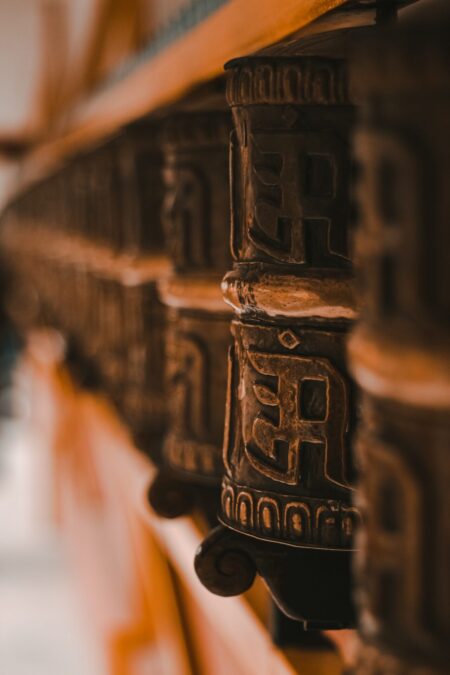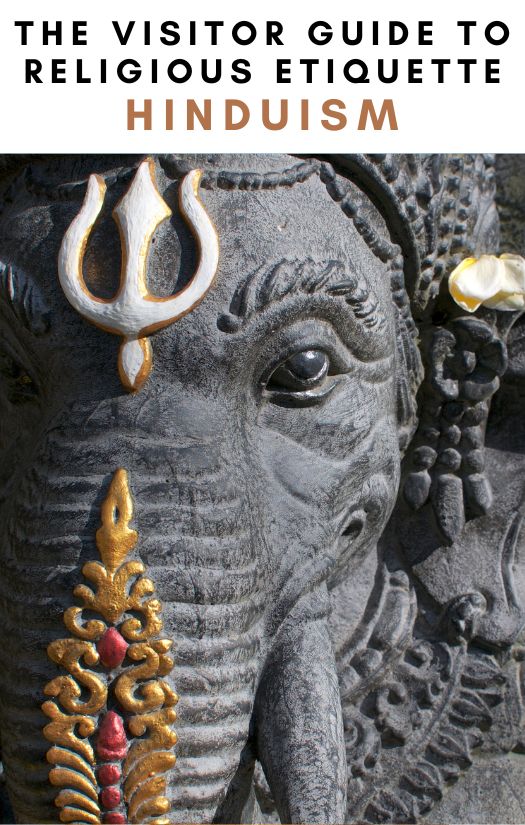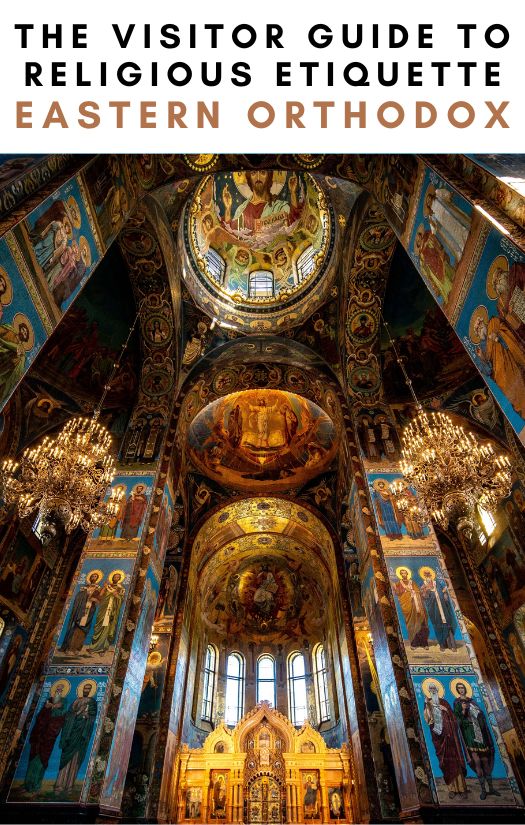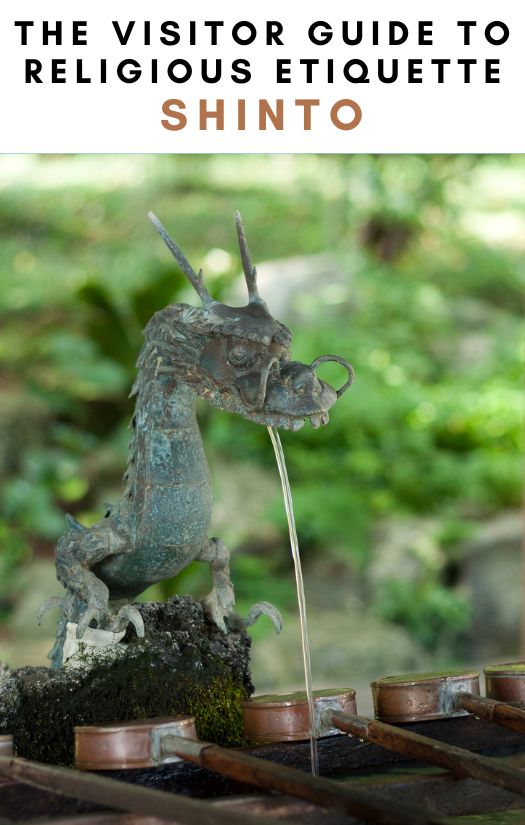Introduction disclaimer
The following is meant as a quick and basic summary of the Buddhist religion for tourists and visitors. As such, it barely scratches the surface of the complexity of the belief system, culture, and traditions.
Like everybody else, I had a certain upbringing and education based on my origins, and like everybody else, my knowledge and view of the world are irreparably skewed by this, no matter how much education, openness, personal growth, change, and transformation occur.
I did not grow up in a Buddhist tradition and therefore there are certainly a lot of important details that I do not cover or things that I represent in an incorrect way, but again, this is solely due to my different, western origins.
The information that I provide is accurate to the best of my knowledge, experience, and research and, as said, aimed at travelers and tourists. “Religious Monuments for Dummies,” if you like, is a category in which I fully put myself.
Overview

Buddhism is a universal religion present around the world but is the predominant belief of Eastern Asia. It is the fourth most widespread religion after Christianity, Islam, and Hinduism.
Buddhism is initially easier to understand for people with Western traditions in the sense that there is a clear founder in the historical figure of Siddhartha Gautama.
Buddhism stems from Hindu traditions and shares many aspects with it. For example, it shares the concepts of karma and samsara – the cyclical nature of reality and the cycle of birth, death, and reincarnation – and that of nirvana – the breaking of this cycle and ascension or enlightenment.
Buddhism has many denominations, from the oldest and “classical” Theravada to Mahayana (from which Zen Buddhism derives) to Vajrayana (inspiring Tantric and Tibetan Buddhism).
The cycle of samsara is inherently a cycle of suffering and this idea of suffering is arguably the core concept of Buddhism, much like sin is to Christianity. The ultimate goal of Buddhism is to reach nirvana and exit this suffering cycle. The fundamental tenets of Buddhism are the Four Noble Truths: the truth of suffering, the truth of the cause of suffering, the truth of the end of suffering, and the truth of the path that leads to the end of suffering. The Eightfold Path: a set of moral guidelines (right understanding, right thought, right speech, right action, right livelihood, right effort, right mindfulness, and right concentration). Karma is the law of cause and effect. Impermanence is the concept of constant change, fluidity, and a lack of permanence. Compassion is strongly related to the four noble truths revolving around the universal existence of suffering, which leads to the indication to respond to it with kindness and understanding.

Buddhism lacks a theistic view in the sense that it does not worship a god. The highest entity is the Buddha, who has attained enlightenment but can sometimes be raised to godship status when it comes to worshipping. However, it is not considered a deity in any sense, certainly not an omnipotent or creator being. He was “just” an extraordinary man who achieved nirvana and proposed a radically different view at the time since nirvana was commonly thought to not be available to everyone. This lack of a creationist deity certainly differs from Western religions but is quite common in Eastern beliefs. That being said, there are celestial beings in Buddhist tradition in the form of devas. However, here these entities are by no means divine beings, lacking omnipotence, perfect morality, or even immortality. They are more akin to higher beings with a very long lifespan, born from an earlier cycle of reincarnation.
Places of worship and admittance to visitors
A Buddhist temple is known as a wat and entrance is generally permitted unless explicitly stated otherwise.
When entering, much like for Shinto shrines, avoid entering at the center or standing in the middle. Upon entering a gassho, rei should be done, which is a gassho: raising one’s hands in prayer fashion and rei, performing a slight bow. The praying hands should be held higher than one would normally do to the chest, such as when greeting, and more to the forehead. For Buddhist temples, a smaller bow is required as opposed to the more pronounced bows typical of Japanese traditions. Shoes or sandals (and hats) must be removed before entering.
It is not always permitted to visitors, but if allowed, one can ring the bronze bell (bonsho) by hitting it once.
Offerings to Buddha can be varied and depend on the region. The most common are incense sticks, but they can also be candles, flowers, drinks, food, and money itself. Probably not the case for visitors, but after entering, bowing, and lighting the incest sticks, if one has a Buddhist rosary with them, they would take it out and hold it in their hands during prayer.
Unlike shrines, clapping to notify the deity of your presence is not only not required but should be avoided.
When sitting inside, feet should never point directly at the statue of the Buddha. The same holds true for not pointing your feet at a monk or any other person for that matter. Pointing with fingers should also be avoided and instead one should indicate with their full hand and palm raised upwards.
Before leaving the main prayer hall, turn once again towards it and bow one last time.
Visitor etiquette: Photography

In some temples, photography is not allowed and this is clearly (very clearly) indicated all around the interior, as well as probably having a guard specifically tasked with checking this. Generally speaking, all temple grounds outside of a building can be photographed and then inside, one should first check for explicit prohibition; otherwise, assume that it is okay.
Given the wide variety of customs and widespread Buddhist traditions it is best to get permission before taking photographs and in any case never do so during worship.
In general, there is no idolatry in Buddhism, and depictions and statues of Buddha, albeit sacred, are interpreted as being just statues and depictions, not incarnations of the Buddha itself. As such, photography of Buddhist relics is permitted with clear basic signs of respect. For example, one should not turn their back on the Buddha, so taking a selfie or a picture in front of a Buddha statue must be avoided.
When it comes to monks and nuns, the basic argument for taking pictures of a human being applies, which is to be respectful, ask for permission, and treat them as people rather than objects that can be freely photographed.
Dress code & behavior
There aren’t any particular requirements when it comes to dressing for visitors. However, as always in places of worship, dressing should be humble and somber. This entails not having dresses that are too revealing and expose too much skin, such as long-sleeved shirts and long pants or dresses, as well as plain colors and the absence of any strong logos or pictures.
This is especially important to tourists, as they often dress in a sporty and light manner due to their extensive sightseeing, but it is important to remember the sacredness of the place being visited.
Strong perfume should also be avoided and in general, the idea is to not stand out and be humble and respectful.
Also, as in any place of worship, hats, and sunglasses should be removed and it goes without saying that eating, drinking, smoking, talking loudly, or having ringing cellphones, etc. are big no-nos.
Religious figures
The religious figures in Buddhism are monks. When interacting with them, apart from the expected customs around a religious figure, some lesser-known behaviors to follow are for example, that one should never stand when talking to a seated monk and that visitors should sit with their legs bent and on their feet, with these pointing backward away from the monk. Also, one must not touch a monk and if handing an object, it should be placed within the monk’s reach and not handed directly.
If you happen to be sitting in the worship area when monks or nuns enter, stand to show respect; wait until they have finished their prostrations before sitting again.
Sacred Objects, Artifacts and Icons
Regarding religious artifacts, Buddha statues, independently of whether they are in ruins or not, are sacred objects, and should not be touched, or stood on the altar where they are.
Death Rites

Death rites vary considerably between the various Buddhist sects but one thing that remains common among all of them is based on the common belief of samsara and the cycle of life. Because of this, the human body is considered a vessel for the eternal soul, and little importance is given to it.
There are no strict indications on how the body should be disposed of. Commonly it is cremated which is perceived to be a more effective way to remove the soul from its corporal vessel and this is what happened to Buddha. There can be other ways depending on the sect. The most notable and peculiar is with Tibetan Buddhism which practices “sky burials” following the element of air rather than fire, meaning that the body is ritually dismembered and left to be preyed on by birds, after which the remaining bones are crushed, mixed with grain and offered again to birds of prey.
Death should be peaceful and after dying, the body is left untouched for no less than 4 hours to allow the spirit to exit the body. The body is cleansed and dressed in white, as is the rest of the family. The funeral consists of presenting the dead in a simple open casket with the image of the person and an image of Buddha by the side. The funeral is led by monks who read sermons and lead chants and funeral prayers (sutras). After the funeral, the casket is carried to the crematorium.
Final Thoughts
Buddhism is a religion that has been around for centuries and has had a profound impact on the many cultures around the world it has touched. It is a religion that, more than others, focuses on mindfulness and inner peace and is arguably the Eastern religion that has had the greatest worldwide adoption and influence, and in the West, it has sometimes achieved almost mythical status. It is a deceptively simple religion that revolves around common concepts of kindness and compassion but, through its many denominations, reveals an unexpected depth and sometimes counterintuitive methods and applications. It is definitely on the more “complex” side of the spectrum when it comes to major religions.
This post is an extract of the larger article on comparative religions, which covers eastern religions such as Buddhism, Taoism, and Shinto as well as the three Abrahamic western religions (there is also Greek mythology and Cthulhu thrown in there just for fun and to give perspective on these nuanced and sensitive subjects). Check it out, as seeing the differences between various religions can only increase knowledge about a specific one.





